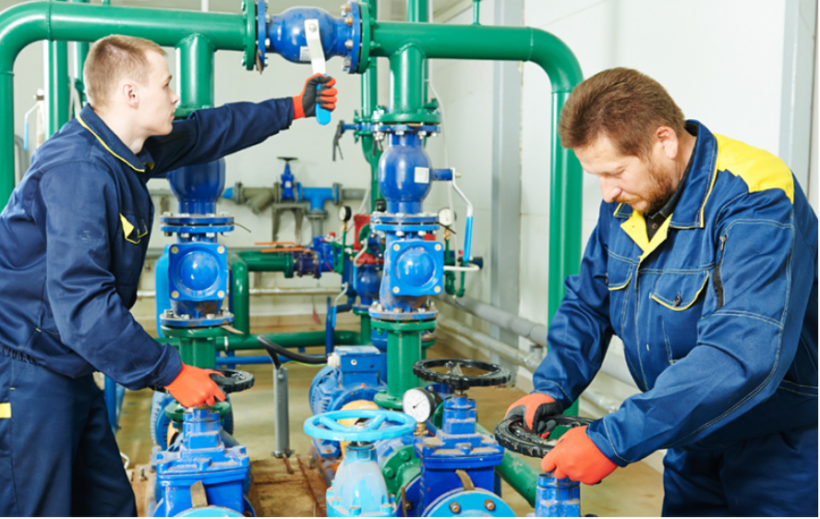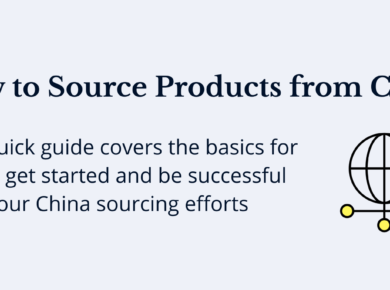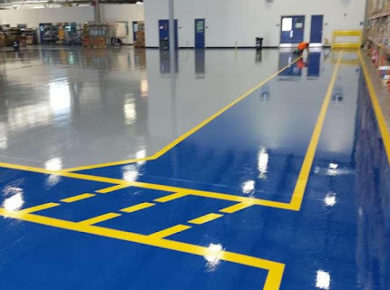Pumps are essential for many uses, such as maintaining healthy irrigation systems, pumping fluids in manufacturing sectors, and providing water to homes and businesses. Frequent maintenance ensures peak performance and extends the life of your pump. Follow these tips to prolong the life of your pump to make sure you are getting the most out of your equipment:
Frequent cleaning and inspection
Our first pump maintenance tip is routine cleaning and inspection. Dirt, trash, and other foreign objects can gather around the pump, reducing its effectiveness. Examine the pump’s intake area frequently and clean it as necessary. Clear away any debris or impediments preventing your pump from operating as intended.
Ensure proper lubrication
In addition to ensuring smooth operation, proper lubrication lowers friction inside the pump. Check the handbook for your pumpbiz pump to determine the precise lubrication schedule and requirements. Pay strict attention to the manufacturer’s recommendations, as over-lubricating can be as harmful as under-lubricating.
Look for any leaks.
Over time, a leaky water pump might cause serious issues. Check for leaks frequently in the area surrounding the pump, the pipe, and connections. Resolve any leaks immediately to avoid wasting water and damaging the pump.
Preserve the quality of the water.
The quality of water may impact your pump’s lifespan. To avoid internal pump damage, consider using the proper filters if the water source contains particles or other impurities. Clean or replace these filters regularly as directed by the manufacturer.
Keep an eye on shaft wear.
Over time, cleaning the shaft and replacing the bearings might wear down the shaft material. Bearings inside the housing around the shaft may eventually spin if shaft wear leaves too much space between the bearing and the shaft. It’s crucial to search for indications of a bent shaft. Functioning beyond the pump’s BEP (Best Efficiency Point) may increase internal component pressure and shaft bending. Ultimately, a bent shaft may cause unintended damage to other components and increased vibration.
Keep an eye on the flow and pressure.
Ensuring that your water pump operates at the proper pressure and flow rate is essential. Utilize flow meters and pressure gauges to check these parameters routinely. If you observe variations or departures from the average, consider the reason and take immediate action.
Avoid running the pump dry.
Running a pump dry is dangerous for internal components unless it is made expressly to perform dry runs. A pump runs the danger of overheating and cavitation when it has little or no fluid. Without enough lubrication, the shaft and bearings may generate heat, which could cause excessive wear or even melt the plastic casing. Thermal shock can damage or destroy mechanical seals entirely. Always be aware of the features and restrictions of your pump before using it, and avoid running a typical pump dry.
The endnote
You may extend the life of your water pump by performing routine inspections, cleaning, lubricating, and following manufacturer instructions. Always consult your pump manufacturer, provider, or the user’s manual when in doubt.















